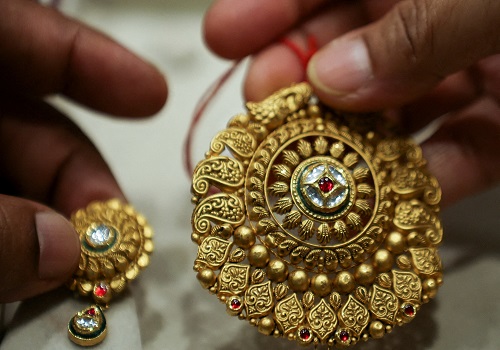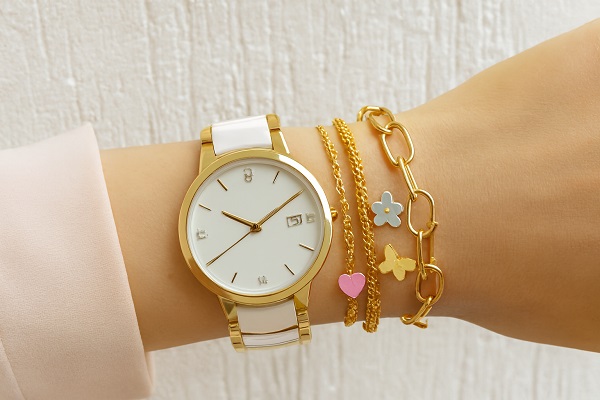Sustainable Fashion: How the Industry is Adapting to a Green Future

As the global awareness of environmental issues continues to rise, industries across the world are being pushed to adapt to greener practices. The fashion industry, traditionally one of the largest polluters, is gradually embracing sustainability, with designers, brands, and consumers driving the movement towards a more environmentally responsible future. From using eco-friendly materials to supporting ethical labor practices, sustainable fashion is reshaping the way we view style, consumption, and waste. This article explores the challenges, innovations, and transformations within the fashion world as it moves toward a green future.
Introduction: The fashion industry is undergoing a significant transformation, moving towards more sustainable practices to reduce its environmental impact. With an ever-increasing demand for eco-friendly products, the sector is exploring innovative ways to merge style with sustainability. The global fashion market is now witnessing a shift towards sustainable materials, ethical production methods, and a circular economy where clothing is reused, recycled, and repurposed.
The Rise of Eco-Friendly Fabrics: Sustainable fabrics are at the forefront of this movement, with materials like organic cotton, hemp, Tencel, and bamboo growing in popularity. These fabrics not only reduce environmental damage but also promote better practices in farming and production. Brands are also turning to recycled materials like plastic bottles, fishing nets, and discarded fabrics to create new clothing lines, closing the loop on textile waste.
Ethical Production and Fair Labor Practices: Sustainability isn't just about the materials used; it's also about how garments are made. Many fashion companies are increasingly focusing on fair wages, safe working conditions, and transparency in their supply chains. Brands that prioritize ethical production ensure that the workers behind their products are treated with dignity and respect, making sustainability a holistic approach.
Fast Fashion's Impact and Slow Fashion's Rise: The rise of fast fashion has led to an overproduction of cheap, low-quality garments that are often discarded after a few uses. In response, the slow fashion movement is gaining momentum. Slow fashion encourages consumers to buy less but invest in quality, timeless pieces that last longer. This approach promotes a more thoughtful, conscious way of consuming fashion and challenges the throwaway culture that dominates today’s retail market.
The Role of Recycling and Upcycling: Another key trend in sustainable fashion is recycling and upcycling. Fashion brands are finding innovative ways to turn waste into valuable materials. Recycled fabrics, second-hand clothing, and upcycled garments are being repurposed to create new collections, reducing the need for virgin materials and minimizing waste. This has also led to the rise of vintage shopping and clothing exchanges, encouraging a circular economy where products have a longer lifespan.
Challenges and Opportunities Ahead: While the movement towards sustainable fashion is growing, challenges remain. High production costs, limited access to sustainable materials, and a need for more infrastructure to support recycling are just a few hurdles the industry faces. However, these challenges also present opportunities for innovation, collaboration, and continued growth in the sustainable fashion space.
Conclusion: Sustainable fashion represents a critical shift in the way the world consumes clothing. As consumer awareness increases and brands take more responsibility for their environmental and social impacts, the fashion industry is slowly but surely adapting to a green future. With ongoing advancements in materials, technology, and consumer behavior, sustainable fashion will continue to evolve, proving that style and sustainability can indeed go hand in hand.
























